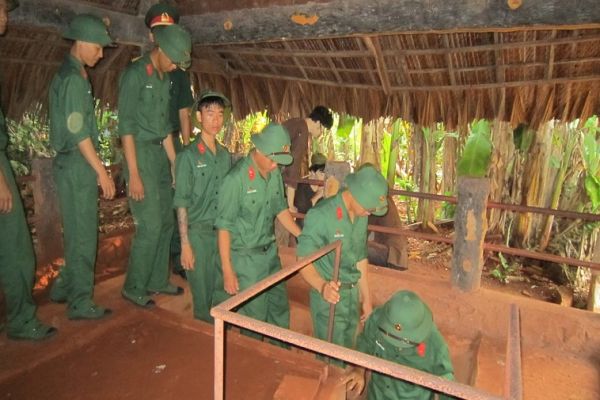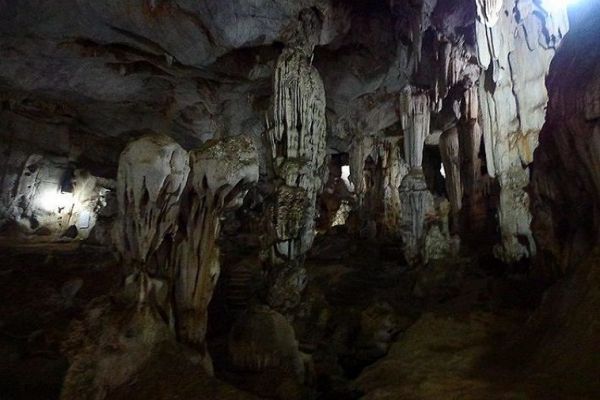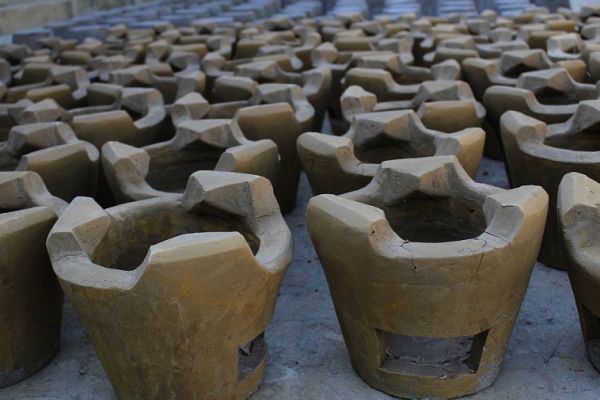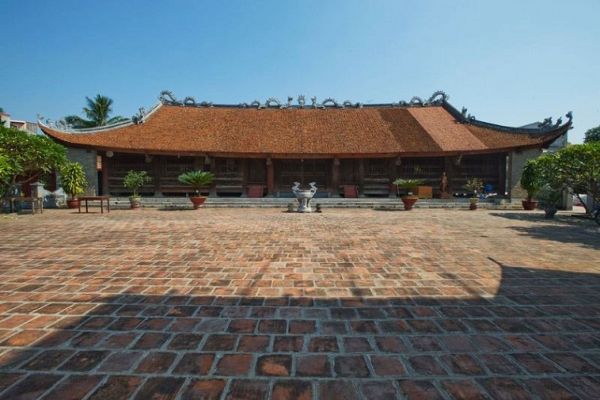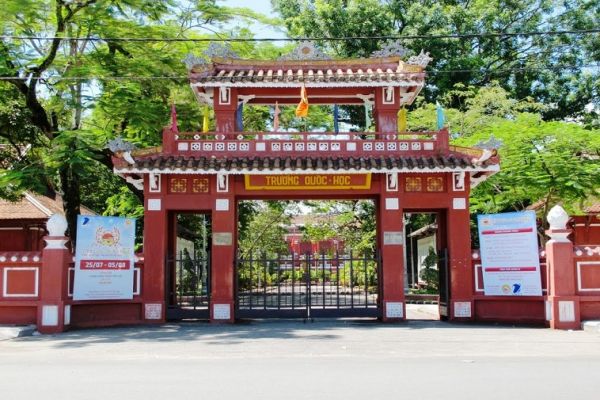This communal house was built in the 19th century and called “Bon Canh Thanh Hoang” by King Tu Duc in 1893. This communal house was also known as Long Tuyen Communal House in the past. It was completely renovated in 1910. In front of the communal house an opera house for performances of Vietnamese classical drama has been built. Although it was built at the beginning of the 20th century, its architecture has many traditional characteristics with carved and engraved wooden boards. The house is located north of the centre of Can Tho, in Binh Thuy District.

Can Tho City is famous for many attractive tourist sites which have drawn much attention of numerous visitors who are from both the local area and other places of the country. There are a lot of fascinating destinations that you can visit in Can Tho City. Among them, Binh Thuy Communal House is the most popular tourist site which is situated in Binh Thuy Ward and approximately five kilometers from the center of Can Tho City. In the past, the Binh Thuy Communal House was called as the Long Tuyen Communal House. The house was established in the nineteenth century on 9 November 1893. Since the Binh Thuy Communal House was built at that time, it attracted many people coming to admire the structure as well as designs of the house.

Different from other communal houses which were built in the northern region, the architecture of the Binh Thuy Communal House is so strange because the front and the back buildings of the house are square. In addition, there are six rows of columns that are placed on each side of the house. Specially, the buildings of the back and front are very stable because of the width of all the bases of the columns. One strange things of the structure of the Binh Thuy Communal House is that its roofs which are in the two front buildings were constructed overlapping each other. Originally, the Binh Thuy Communal House was known as Bon Canh Thanh Hoang which was named by Emperor Tu Duc. Since that period, the Binh Thuy Communal House underwent the process of reconstruction once and the roofs are also covered with tiles. In 1910, the communal house underwent the complete process of renovation.

